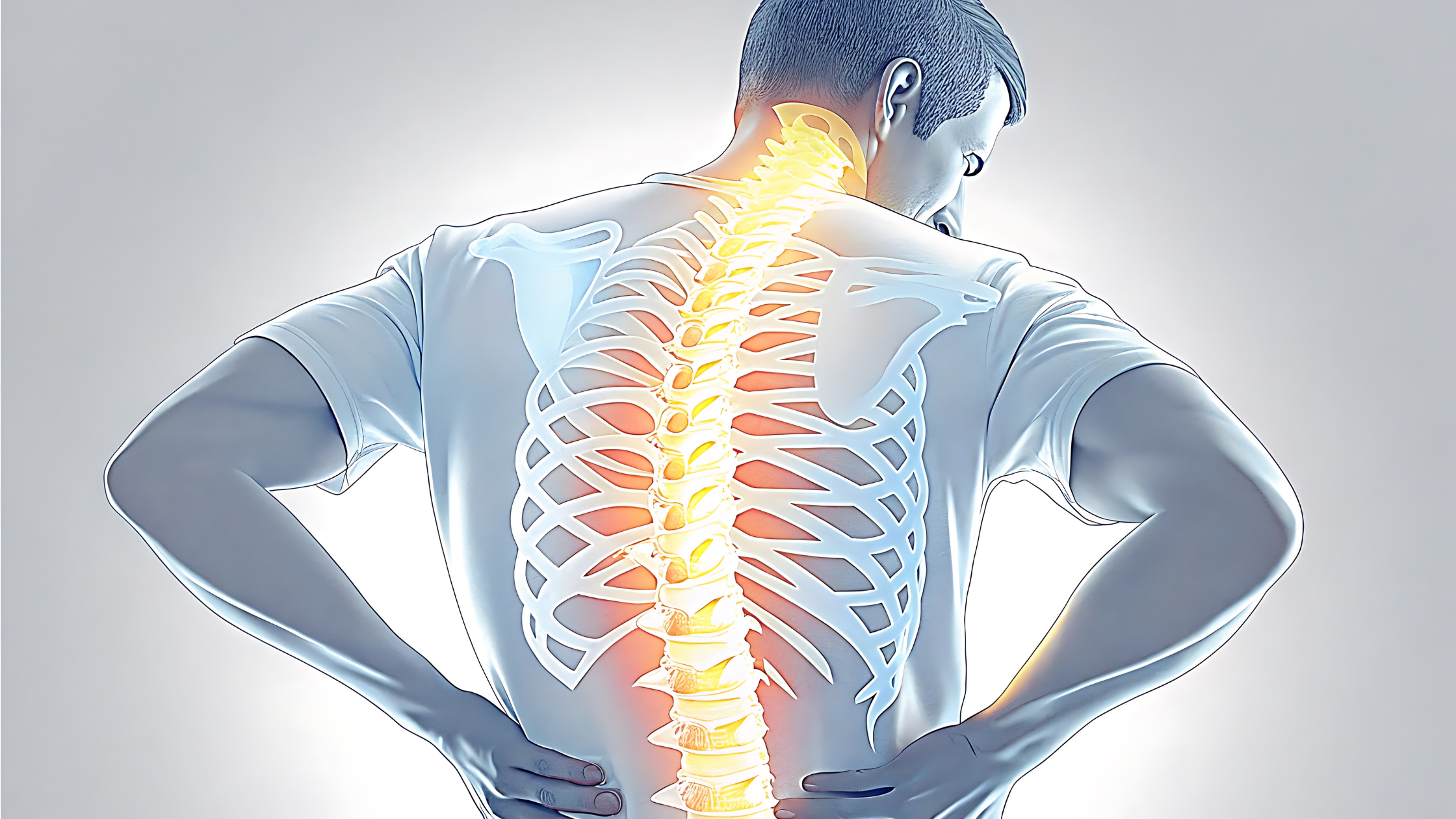
When chronic back pain disrupts your daily life, one of the biggest questions patients face is whether to focus on managing symptoms or pursue treatment aimed at the spine itself. Both pain management and spine treatment play important roles in care, but the key lies in finding the right balance for each individual.
Understanding Pain Management
Pain management focuses on controlling symptoms to improve quality of life. These approaches don’t always correct the root cause of pain, but they can significantly reduce discomfort and help patients remain active. Common options include:
- Medications: Anti-inflammatories, muscle relaxants, or nerve pain medications.
- Injections: Corticosteroid injections or nerve blocks for targeted relief.
- Therapies: Physical therapy, acupuncture, or chiropractic adjustments.
The goal is to reduce pain enough so patients can stay mobile, sleep better, and participate in daily activities while minimizing reliance on long-term medications.
Understanding Spine Treatment
Spine treatment addresses the underlying cause of pain. This can range from minimally invasive procedures to corrective surgery, depending on the diagnosis. Examples include:
- Minimally invasive procedures: Radiofrequency ablation, spinal cord stimulation, or the Intracept procedure.
- Surgical options: Discectomy, spinal fusion, or decompression surgery.
- Regenerative therapies: Platelet-rich plasma (PRP) or stem cell injections to support healing.
Spine treatments aim to correct the structural problem—herniated discs, nerve compression, or vertebral degeneration—so that pain relief is longer-lasting.
Why the Balance Matters
For many patients, neither approach alone is the full solution. Pain management without addressing the cause may only provide temporary relief. On the other hand, rushing into surgery without managing pain or improving strength can delay recovery.
A balanced approach often looks like this:
- Start conservatively – medications, therapy, and guided injections.
- Evaluate response – if relief is temporary or incomplete, explore diagnostic imaging and advanced interventions.
- Consider targeted spine treatments – for structural issues confirmed by imaging and unrelieved by conservative care.
- Continue supportive care – even after treatment, maintaining strength and mobility helps prevent recurrence.
Making the Right Decision Between Pain Management and Spine Treatment
The best path forward depends on your unique situation—your diagnosis, lifestyle, pain tolerance, and goals. A pain management specialist or spine physician can help you weigh options and tailor care to your needs.
Ultimately, pain management and spine treatment are not competing approaches but complementary strategies. By combining symptom relief with targeted correction, patients can improve not just how they feel but how well their spine functions—leading to long-term wellness and improved quality of life.

